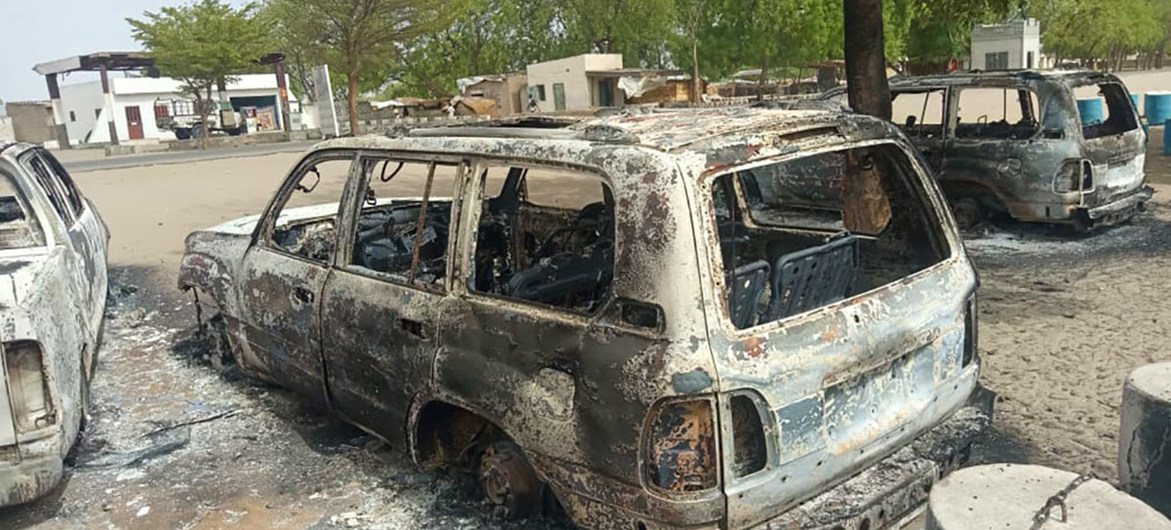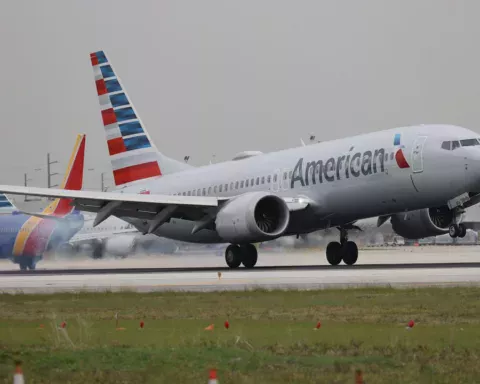“Those who commit these atrocities must be held to account. Governments must investigate these killings and prosecute the suspects where appropriate. International humanitarian law must be upheld.”
According to the UN Office for the Coordination of Humanitarian Affairs (OCHA), six humanitarian workers were killed last week, in targeted violent attacks in Somalia, in two separate incidents in South Sudan, and in northwest Syria.
The two relief workers killed in South Sudan were working to provide nutrition support to communities affected by floods and violence. In Somalia, the two humanitarian workers were engaged in polio response, bringing critical health services to vulnerable children.
The two humanitarians killed in northwest Syria were attacked as they were on their way to a child-friendly space, which was run by UN Children’s Fund (UNICEF). Such spaces, offer some semblance of respite to children traumatized by war and conflict around them.
‘One of the most dangerous places’
The same region, also saw at least five children reportedly killed last week, including one four-year-old child who was on her way to school, according to UNICEF.
Northwest Syria is said to be one of the most dangerous places in the world for children. Between January to March, 273 children were killed and 236 injured in extreme violence – the highest number of child casualties in a single quarter since the conflict began. The region recently saw a letup in fighting but there are fears of a re-escalation.
“This past Spring, UNICEF welcomed the lull in violence in the northwest following the UN Secretary General’s call for a global ceasefire. We cannot return to the cycle of violence Syria witnessed earlier,” said Ted Chaiban, UNICEF Regional Director for the Middle East and North Africa.
“A resumption of violence will only breed more violence. UNICEF urges parties to the conflict in Syria and those with influence over them to abide by the ceasefire and refrain from renewing violence.”
Aid workers increasingly in the line of fire
Many humanitarian workers are from the communities they serve. In some cases, they too have suffered from the effects of conflict, climate change and natural disasters, just like the people they are helping.
In spite of their protection codified under International Humanitarian Law, aid workers are increasingly in the line of fire.
According to Humanitarian Outcomes’ Aid Worker Security Database, major attacks against humanitarian workers in 2019 surpassed all previous years on record.
At least 483 relief workers were attacked: 125 were killed, 234 wounded and 124 kidnapped, in 277 separate incidents. This was an 18 per cent increase in the number of victims compared to 2018.






